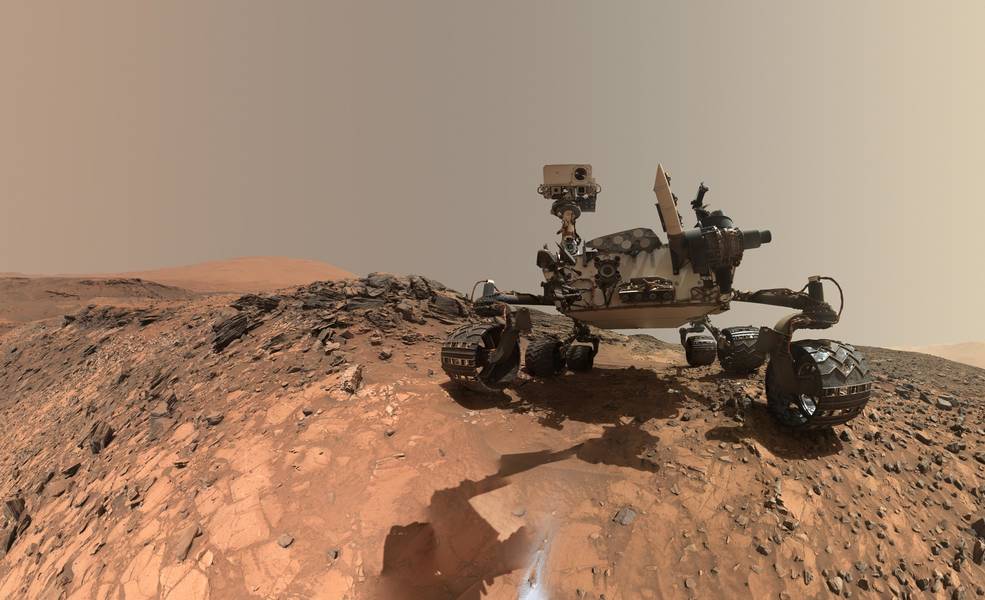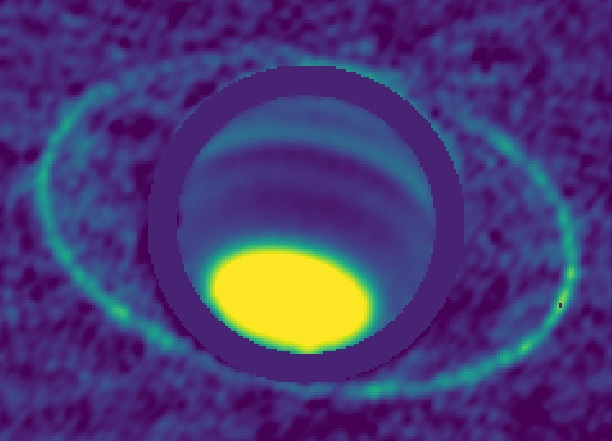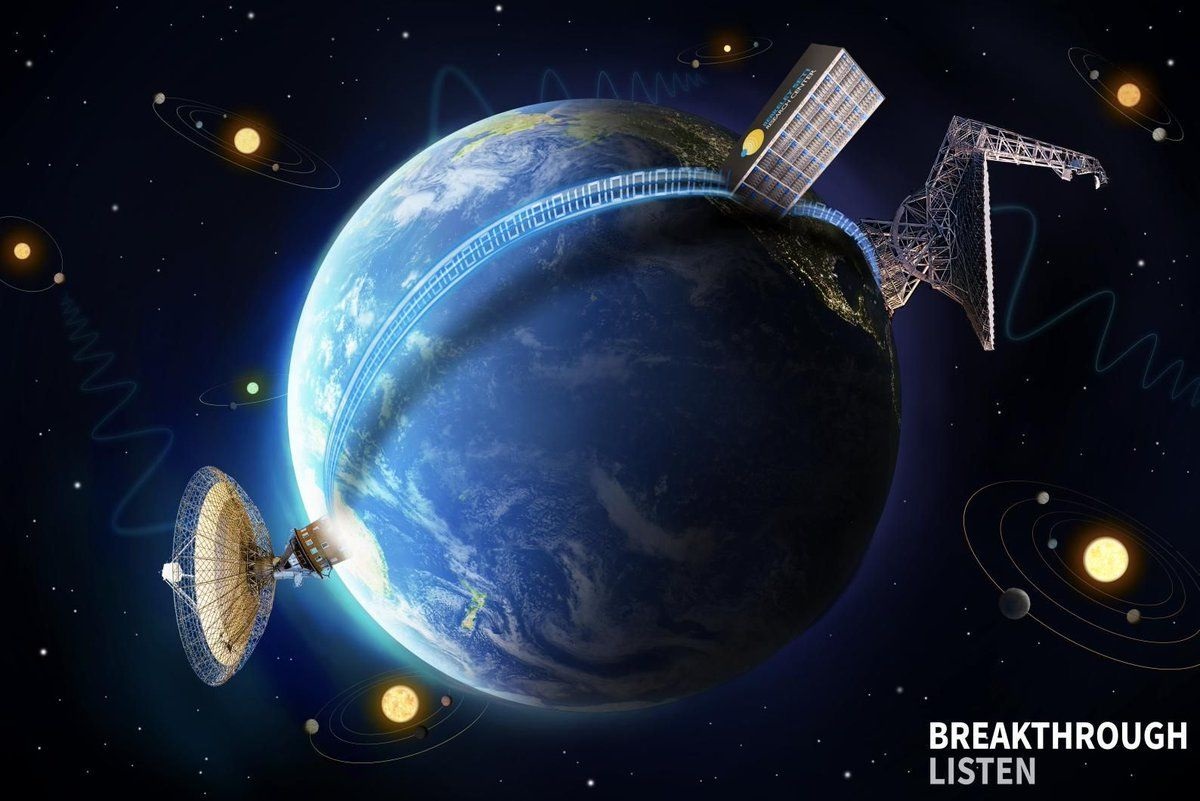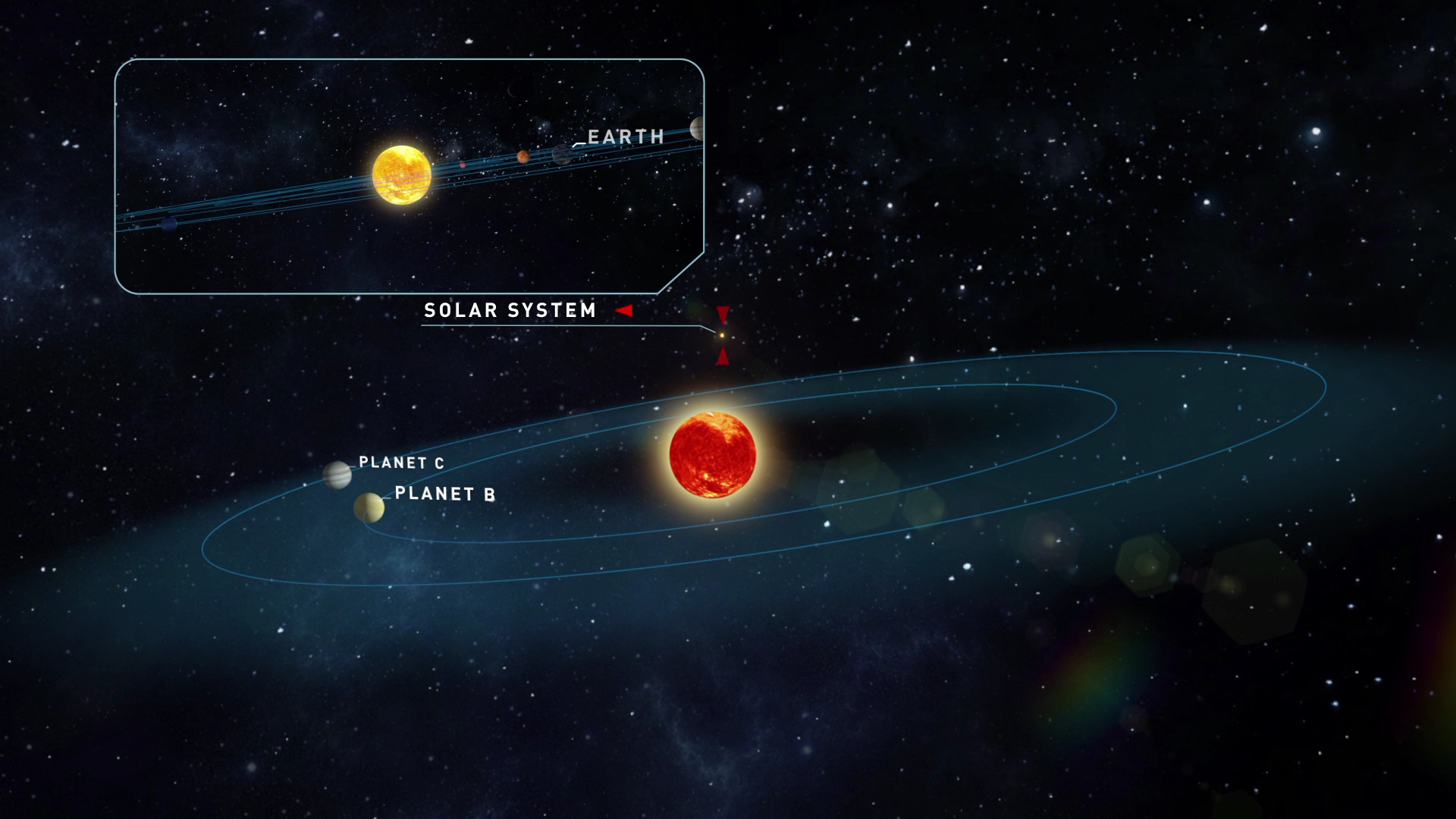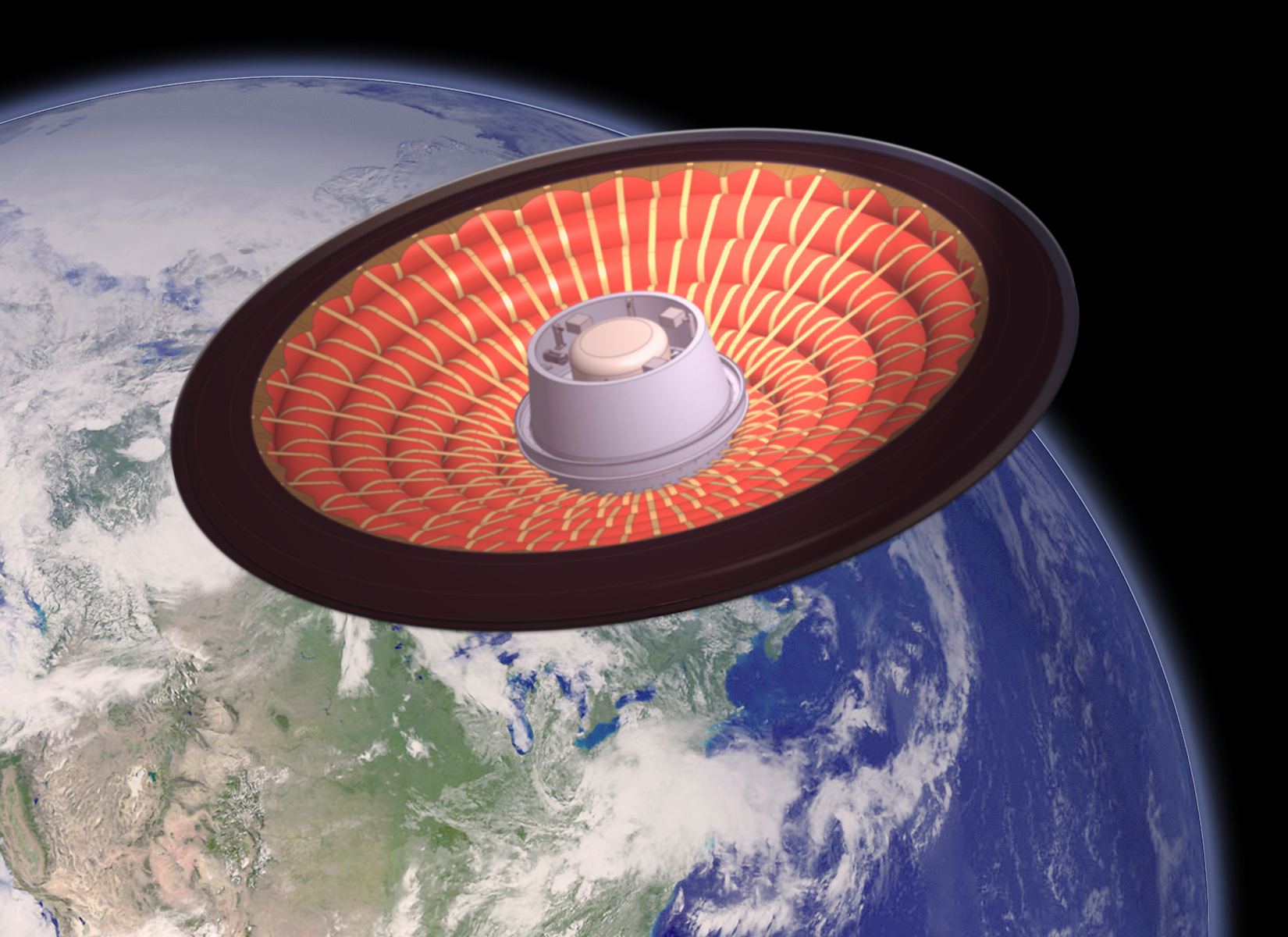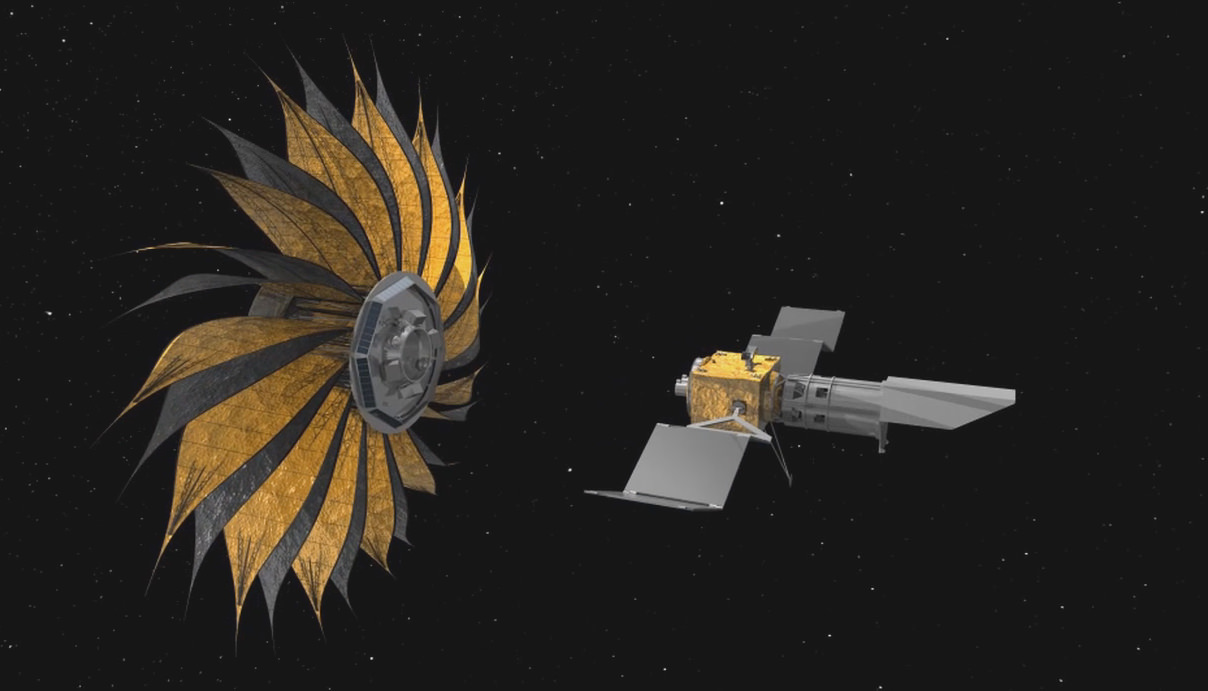Since it landed on Mars in 2012, one of the main scientific objectives of the Curiosity rover has been finding evidence of past (or even present) life on the Red Planet. In 2014, the rover may have accomplished this very thing when it detected a tenfold increase in atmospheric methane in its vicinity and found traces of complex organic molecules in drill samples while poking around in the Gale Crater.
About a year ago, Curiosity struck pay dirt again when it found organic molecules in three-billion-year-old sedimentary rocks located near the surface of lower Mount Sharp. But last week, the Curiosity rover made an even more profound discovery when it detected the largest amount of methane ever measured on the surface of Mars – about 21 parts per billion units by volume (

